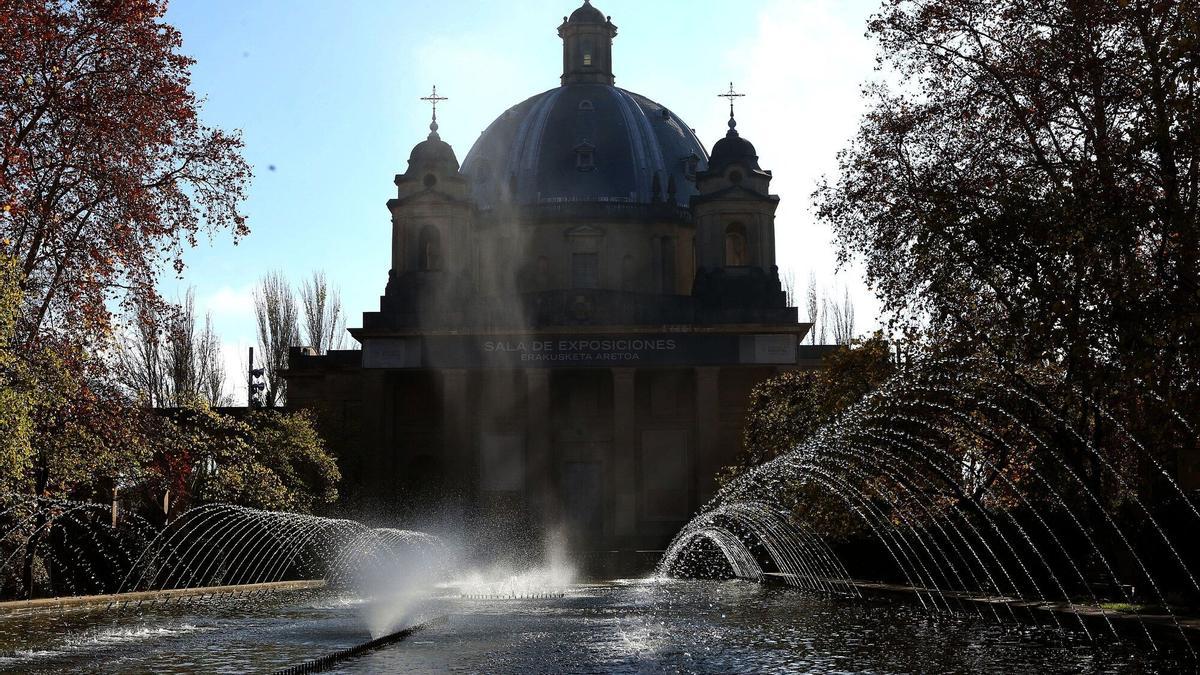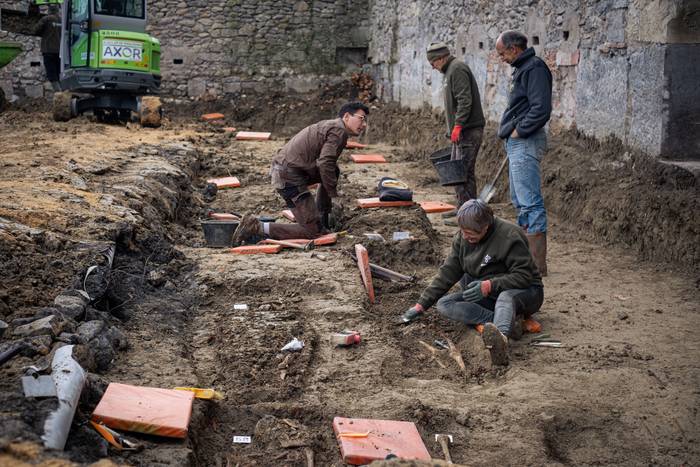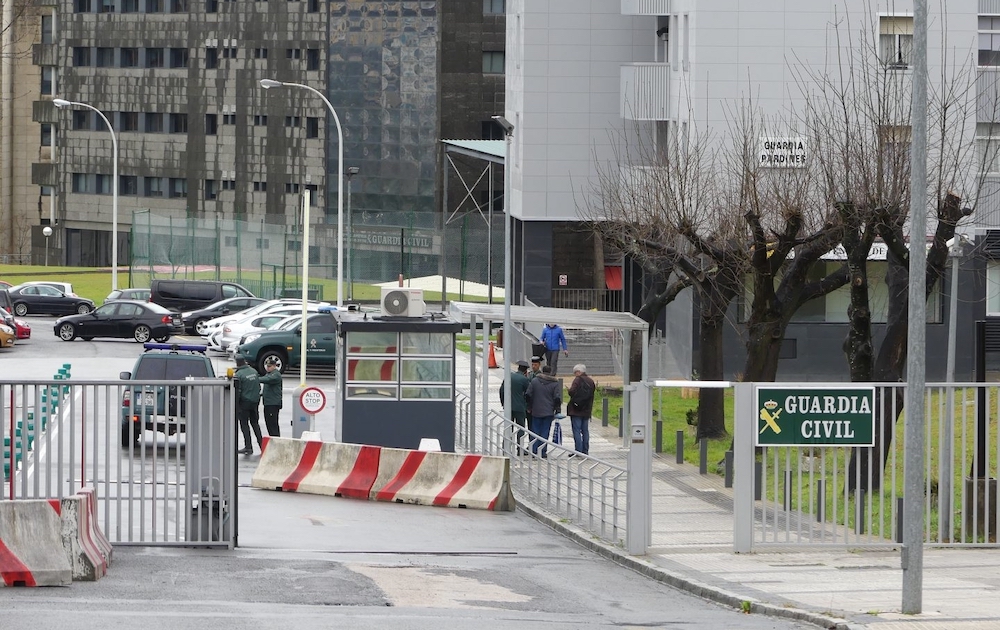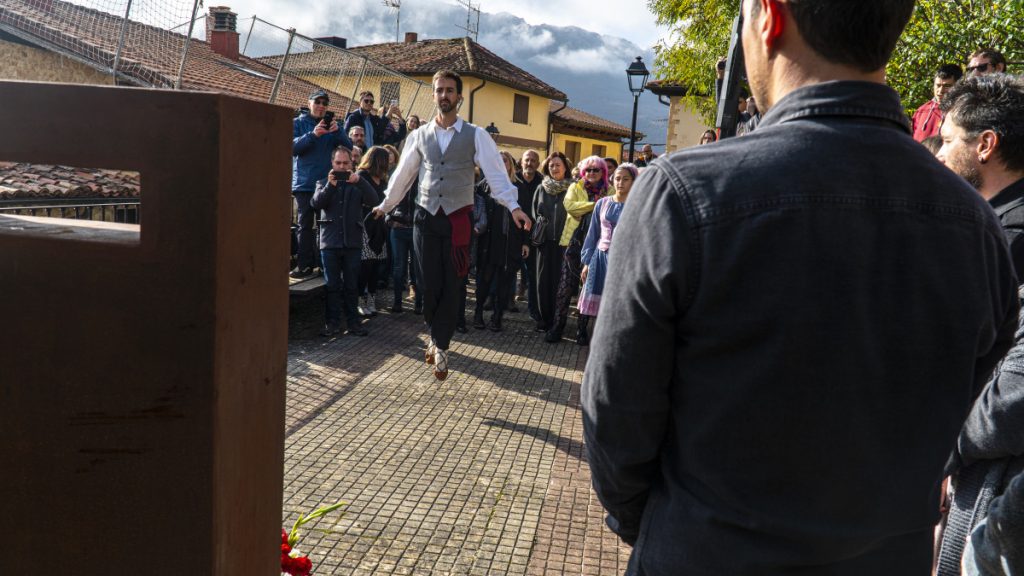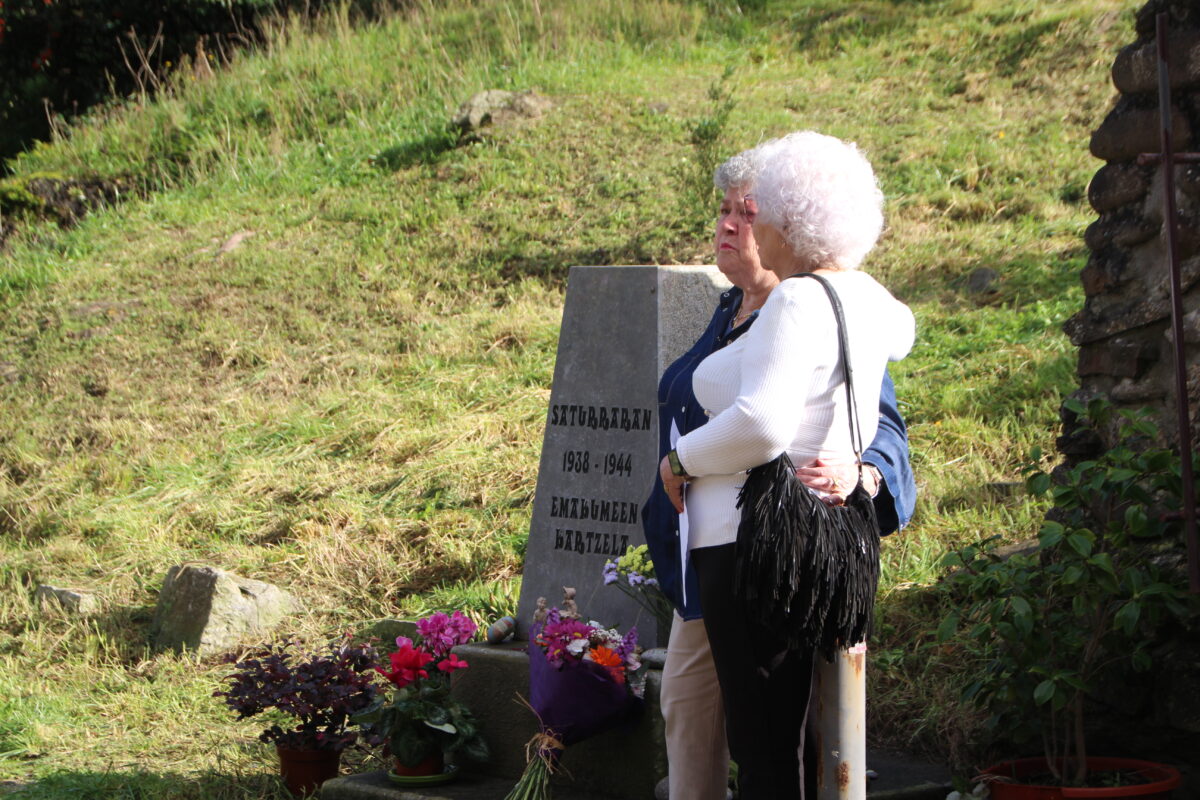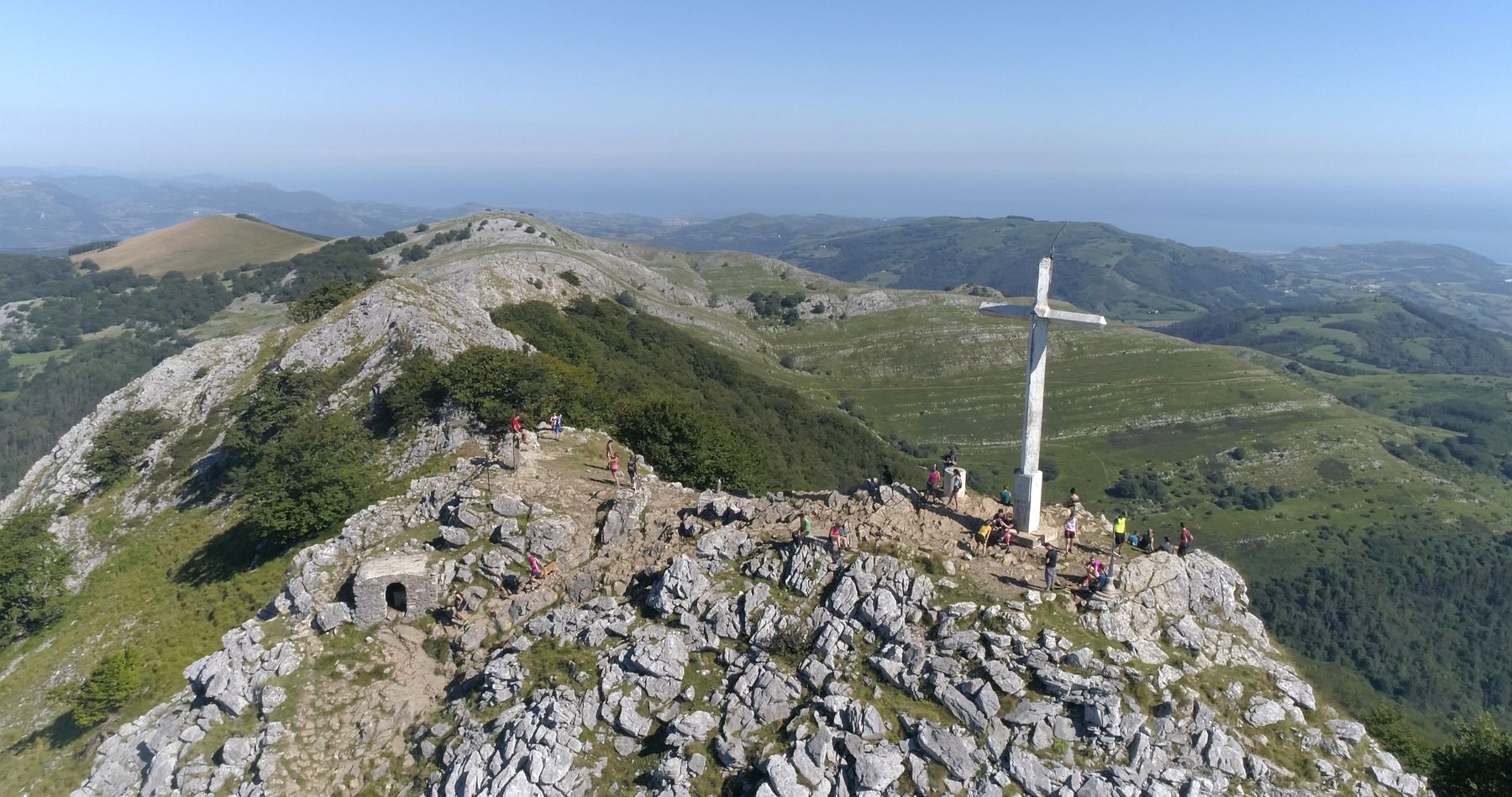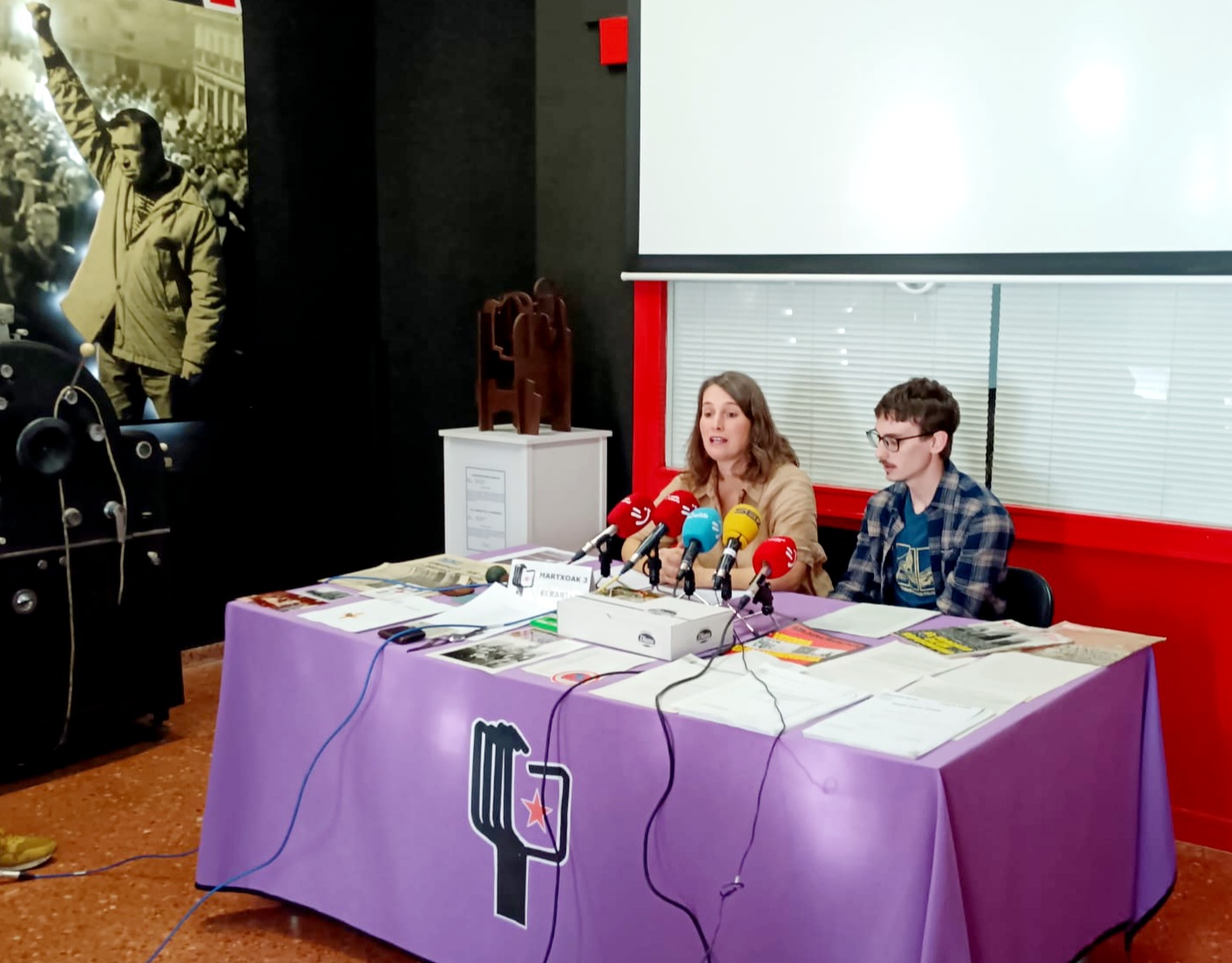Between protests the Center for the Memory of the Victims opened
- The Kings of Spain and President Pedro Sánchez have opened the Memorial Center for Victims of Terrorism in Vitoria-Gasteiz. On the street, the Memory Total network and hundreds of people have denounced the "discriminatory approach" of the Basque educational center.

The official inauguration of the Centre for the Memory of Victims of Terrorism has taken place after several years of controversy and delays in the opening of the event. Together with the mayor of Vitoria-Gasteiz, Gorka Uraran, the General Deputy of Álava, Ramiro González, and the lehendakari, Iñigo Urkullu, the Kings of Spain (Felipe VI de Borbón y Letizia Ortiz) and the President of Spain, Pedro Sánchez, have been present.
To protest the opening of the memorial, the Memory Osoa network, among them the Association 3 of March, has called a concentration in the Plaza de los Fueros at 12:00 to denounce the "discriminatory approach" and the "exclusionary model" of the center. There have been several moments of tension, as the Ertzaintza has surrounded the people who were in the place.
About 20 meters later, in front of the Memorial, about 60 people have concentrated to receive the king of Spain who have been heard shouts like "Gora España", "Gora Guardia Civil", "Gora Erregea" or "Pedro Sánchez resignation", among others.
Faced with this project, the inauguration of the Centre for the Memory of Victims of Terrorism has been marked by social division and opposing views.
The act
Following the protest of the Total Memory network, the opening ceremony began with an aurresku of honor. Subsequently, they have shown the commemorative plaque before visiting the permanent exhibition of the centre. The king and queen of Spain, the president of the Government of Spain, the lehendakari Urkullu and the other authorities have visited various spaces: Reproduction of the juice of the kidnapped by José Antonio Ortega Lara, documentation center, historical section and space dedicated to the memory of children.
At the end of the event, the director of the Memorial Centre, Florencio Domínguez, the president of the Foundation for Victims of Terrorism, Tomás Caballero, and King Felipe VI, as well as representatives of ETA victims’ associations, participated. Among other things, he has signed the book of honor of the Felipe center VI.ak, which was presented in Bilbao.
Discriminatory model
Over the past decade, the project has received many criticisms of "discrimination" between victims, as the museum will only take into account victims of ETA and other armed organizations.
In December 2020, memory agents from all over the Basque Country integrated the Total Memory network and rejected the "discriminatory model" of the Centre for Victims of Terrorism because the museum fails to recognize thousands of victims, including the five workers killed by the police on 3 March 1976 in Vitoria-Gasteiz. Meanwhile, the museum recognizes as victims names such as Carrero Blanco or Meliton Manzanas, who had a direct responsibility in the state terrorism of the dictatorship.
Given this, last December in Vitoria-Gasteiz the campaign Memoria completa, por la convivencia, was presented to ask the institutions and the society of Álava to "do not recognize" the museum inaugurated this week.

What will the museum look like?
The project was launched in 2011, a decade ago. From the very beginning, the promoters decided to settle in Vitoria-Gasteiz, specifically in the former building of the Bank of Spain. The construction of the building itself was completed three years ago, but environmental refurbishment and the pandemic have delayed its opening.
The Museum is divided into four sections:
- Context: "History of terrorism in Spain and the world". In addition to ETA, there will be other entries: GAL, Spanish Basque Battalion, 11 September attacks in New York and other jihadist attacks, among others.
- Authors and their environment: How did they behave? Why? ".
- Social, police and judicial response.
- I remember the victims. Written and audiovisual testimonies with the aim of "shaping living memory".
Ortega Lara Hole
Undoubtedly, the element that has generated the most expectation is the replica of ETA's juice to retain the prisoner of eta José Antonio Ortega Lara, founded between 1996 and 1997. The prison official stayed for 532 days in a small underground room about three meters long, 2.5 in width and 1.80 in height, in which he was arrested.









